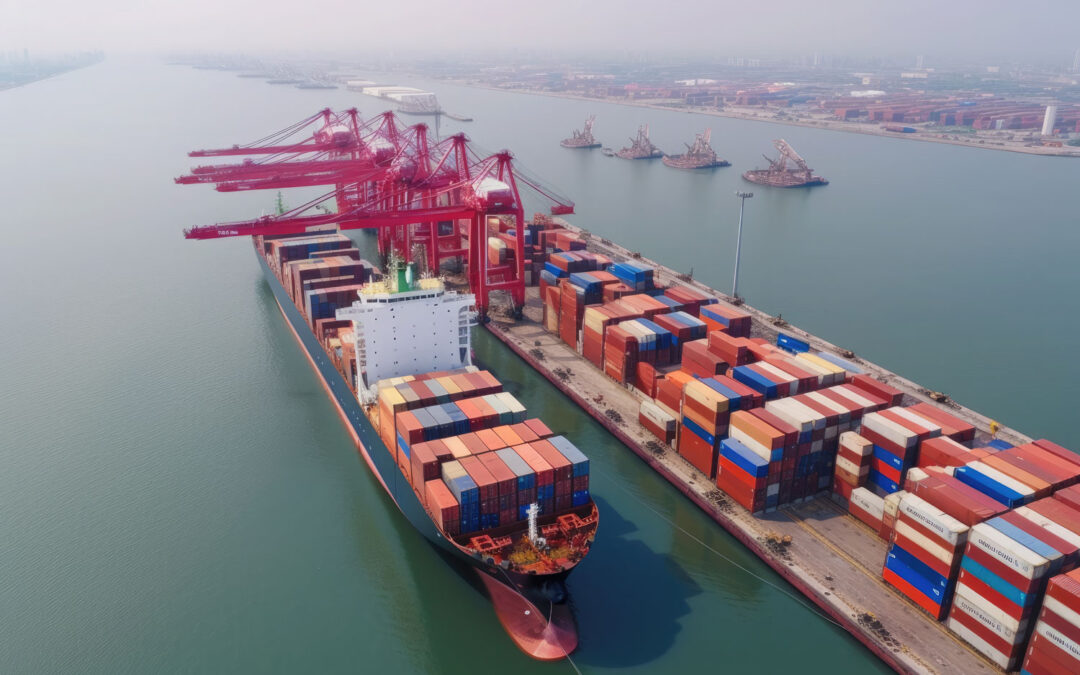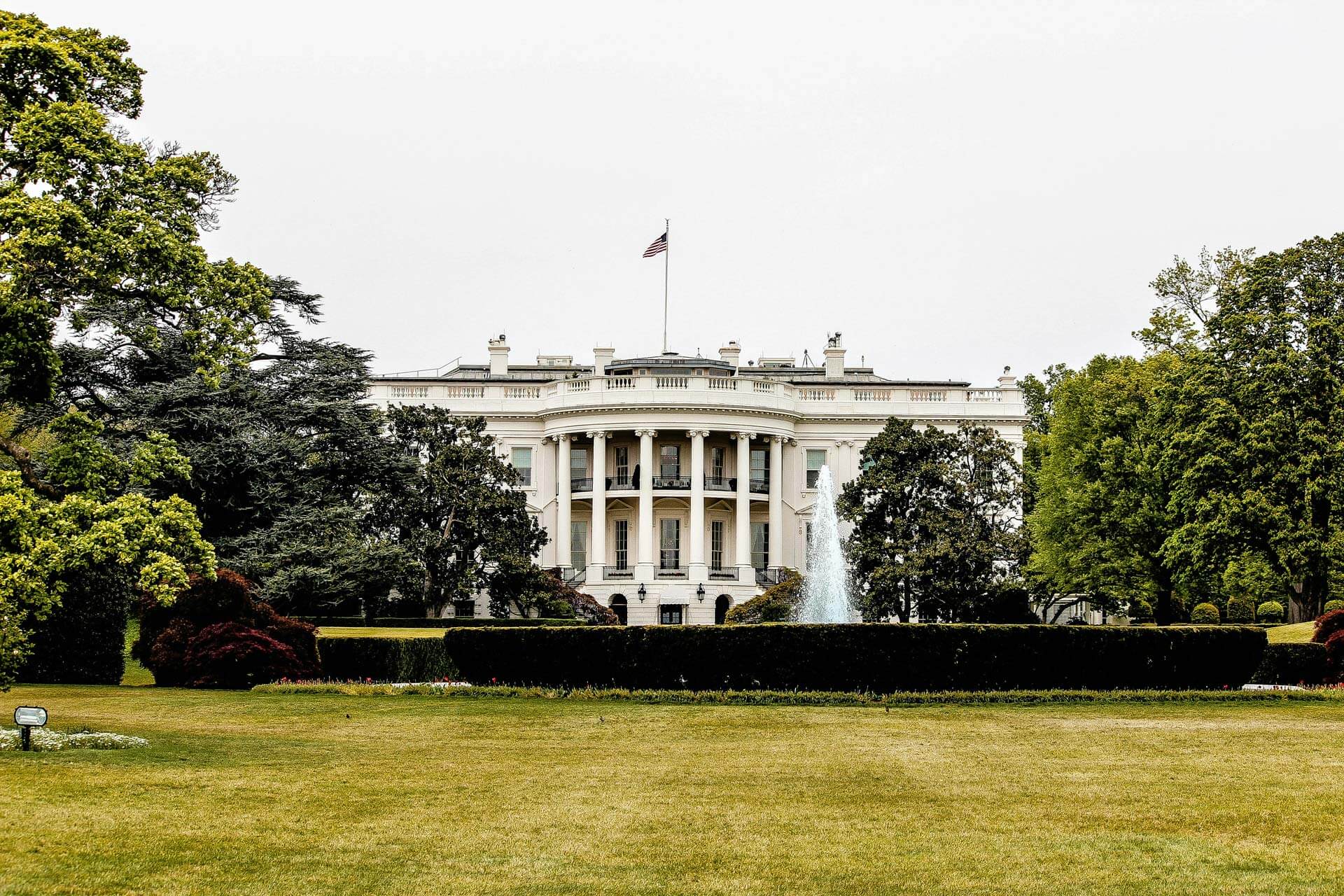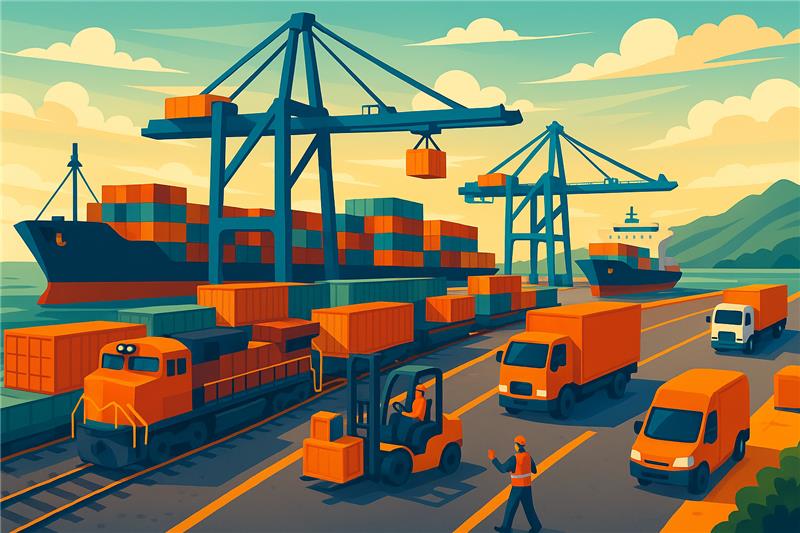This week:
- Container shipping industry still diverting around Cape of Good Hope as Red Sea effect continues
- FMC halts Premier Alliance launch as agency seeks details on carriers’ agreement
- Asia-North America trade routes will be the initial focus for Premier Alliance in February
- Rail CEOs don’t expect tariff talk to slow down US imports from Canada, Mexico
- Lower demand, stricter de minimis enforcement expected to slow air cargo market in ‘25
Red Sea Effect Enters Year Two
The container shipping industry is entering its second year of diverting around southern Africa. With geopolitical tensions still strong in the Middle East, carriers and their customers are preparing for another year of the so-called Red Sea effect.
With approximately 30% of global container trade running through the Suez Canal, the crisis at the Red Sea began upending global supply chains one year ago. Longer and more expensive voyages routing around the Cape of Good Hope have raised operating costs for carriers. Shippers must contend with tighter capacity, longer transit times and higher freight rates. Combined with the resulting higher prices for consumers, industry analysts have dubbed the situation the Red Sea effect.
At a customer briefing this week, Hapag-Lloyd CEO Rolf Habben Jansen said that the ongoing disruptions and higher operating costs are influencing 2025 annual contract negotiations. He noted that Asia-Europe contracts are being finalized at significantly higher rates compared to the previous year, reflecting the increased costs associated with the Cape of Good Hope route.
“Asia-Europe contracts are being closed on average at significantly higher rates than we saw last year, which is logical as most of those contracts were closed prior to the Red Sea situation,” Jansen said.
Subscribe to JMR’s Weekly Supply Chain Roundup!
Stay informed with the latest supply chain news, trends, and insights. Get it delivered directly to your inbox every week.
FMC Stops Premier Alliance Launch, Seeks Details From Carrier Network
The Federal Maritime Commission (FMC) announced last Friday, December 6, that it had put a temporary halt on the Premier Alliance from becoming effective this week. The FMC said the carrier network’s agreement “lacks sufficient detail to allow for a complete analysis of potential competitive impacts and whether the agreement fully complies with all statutory requirements.”
The Premier Alliance, which plans to begin offering services in February 2025, was formed in September, consisting of major ocean carriers Ocean Network Express, HMM and Yang Ming. The new network was created following Hapag-Lloyd’s decision to leave the THE Alliance to join Maersk in the 2M Cooperation. The alliance aims to establish a slot-sharing agreement in the trans-Pacific trade with Mediterranean Shipping Co.
After the Premier Alliance provides the FMC with the requested information, the agency has a 45-day window to review and make a final decision. During this period, the carriers will have a 15-day window to submit comments on the proposed agreement.
Earlier this year, the Gemini Cooperation faced similar requests for information from the FMC, but the agency eventually cleared the alliance after determining it posted no competitive risks.
Premier Alliance to Launch With Focus on Asia-North America Trade
Assuming the Premier Alliance satisfies the FMC’s concerns and offers its first services in February as planned, Asia-North America trade will be the network’s primary focus. According to schedules released last Friday by alliance members Ocean Network Express and HMM, 13 of 24 inaugural services will cover Asia-North America trade.
While the alliance has yet to finalize its primary routing choice between the Cape of Good Hope and the Suez Canal, the schedules reveal that the Asia-North America trade will remain a core component of its network regardless of the chosen route.
The Premier Alliance will kick off its US West Coast operations on February 3rd with the departure of the 8,084-TEU Conti Conquest from Singapore. This vessel will be deployed on the Pacific Southwest 3 service. The alliance’s first sailing to the US East Coast is scheduled for February 8th, with the 13,870-TEU One Manchester departing from Laem Chabang, Thailand, on the EC3 service.
Rail CEOs: Tariff Talk Not Slowing US Imports From Canada, Mexico
CEOs from two Class I railroads told investors this past week that US President-elect Donald Trump’s proposed 25% blanket tariffs on imports from Canada and Mexico won’t diminish the sourcing of products from the US’s neighbors.
Keith Creel, CEO of Canadian Pacific Kansas City (CPKC), said last week at the UBS Global Industrials and Transportation Conference in Florida that Mexico’s skilled yet cost-competitive labor force and proximity to North American trade partners will keep cross-border intermodal traffic strong.
“Even if some tariffs get implemented, I still think there’s such an advantage, especially [for cargo moving from] Mexico to the US, that leads to a good outcome uniquely for our network as well because we serve all three countries,” Creel said.
Meanwhile, Union Pacific Railroad CEO Jim Vena said that even if Trump follows through on the tariffs, the intermodal industry can find ways to ensure that North American trade remains strong.
”We just have to be ready for everything that could happen,” Vena said at the conference. “If [cross-border trade] slows down, we have the capability to remove a lot of costs because they’re variable.”
Lower Demand, New Customs Regs Expected to Cool Down Air Cargo Market in 2025
While 2024 saw a sustained surge in eCommerce demand from Chinese marketplaces like Temu, Shein, and AliExpres, lower consumer demand and stricter US customs regulations targeting low-value shipments are expected to cool the air cargo market in 2025.
According to logistics firm DSV, air cargo volumes experienced an 11% year-over-year Increase in 2024. This is despite industry analysts only projecting 1% or 2% growth. However, executives from DSV and other industry players expect things to cool significantly in 2025 due to lower consumer demand and US customs’ stricter enforcement of the de minimis exception for shipments valued at $800 or less.
Despite these changes, air cargo demand is still projected to grow, albeit at a slower pace. Xeneta forecasts a 4% to 6% increase in air cargo demand next year, while capacity is expected to expand by 4% to 5%.






